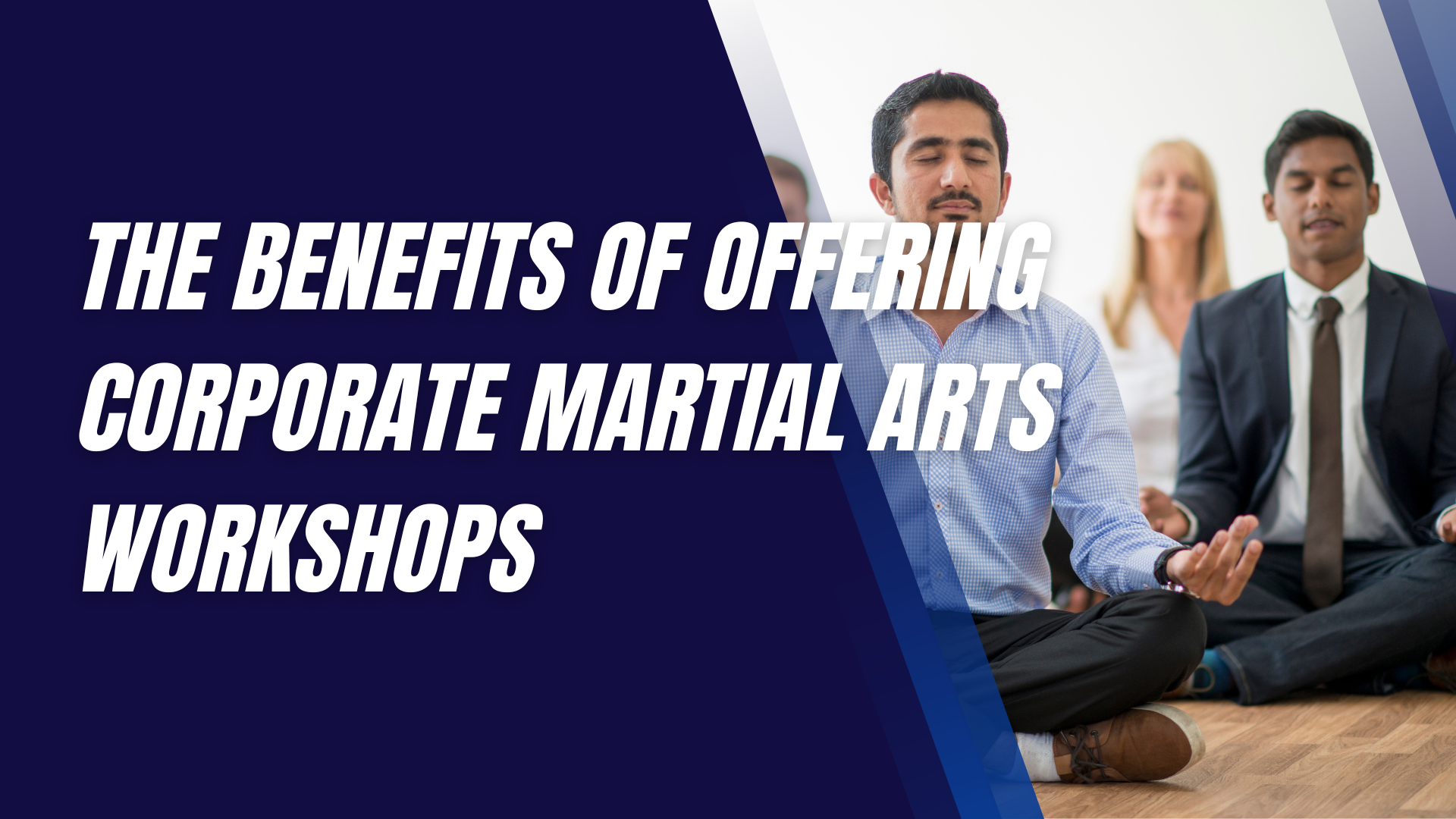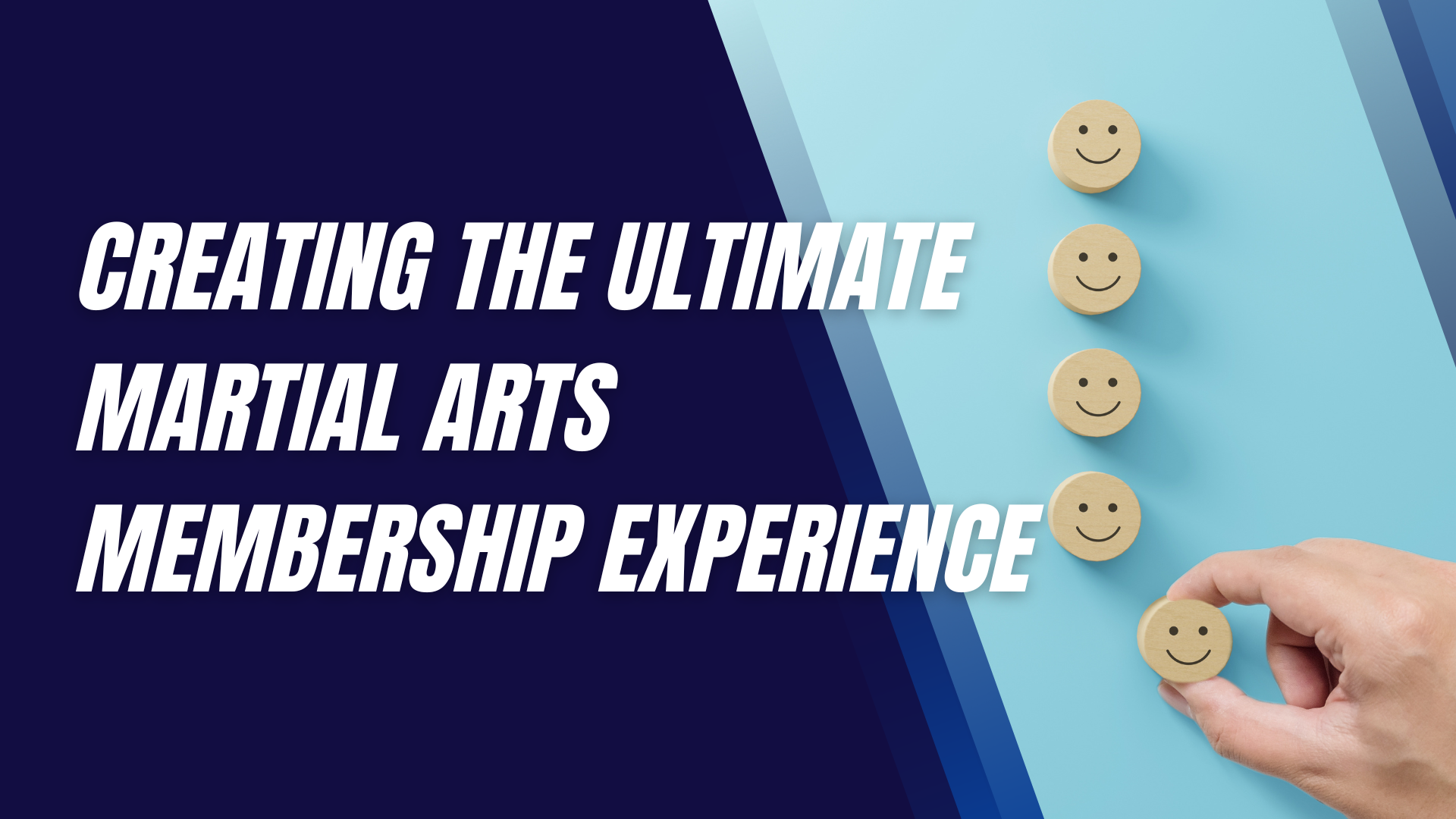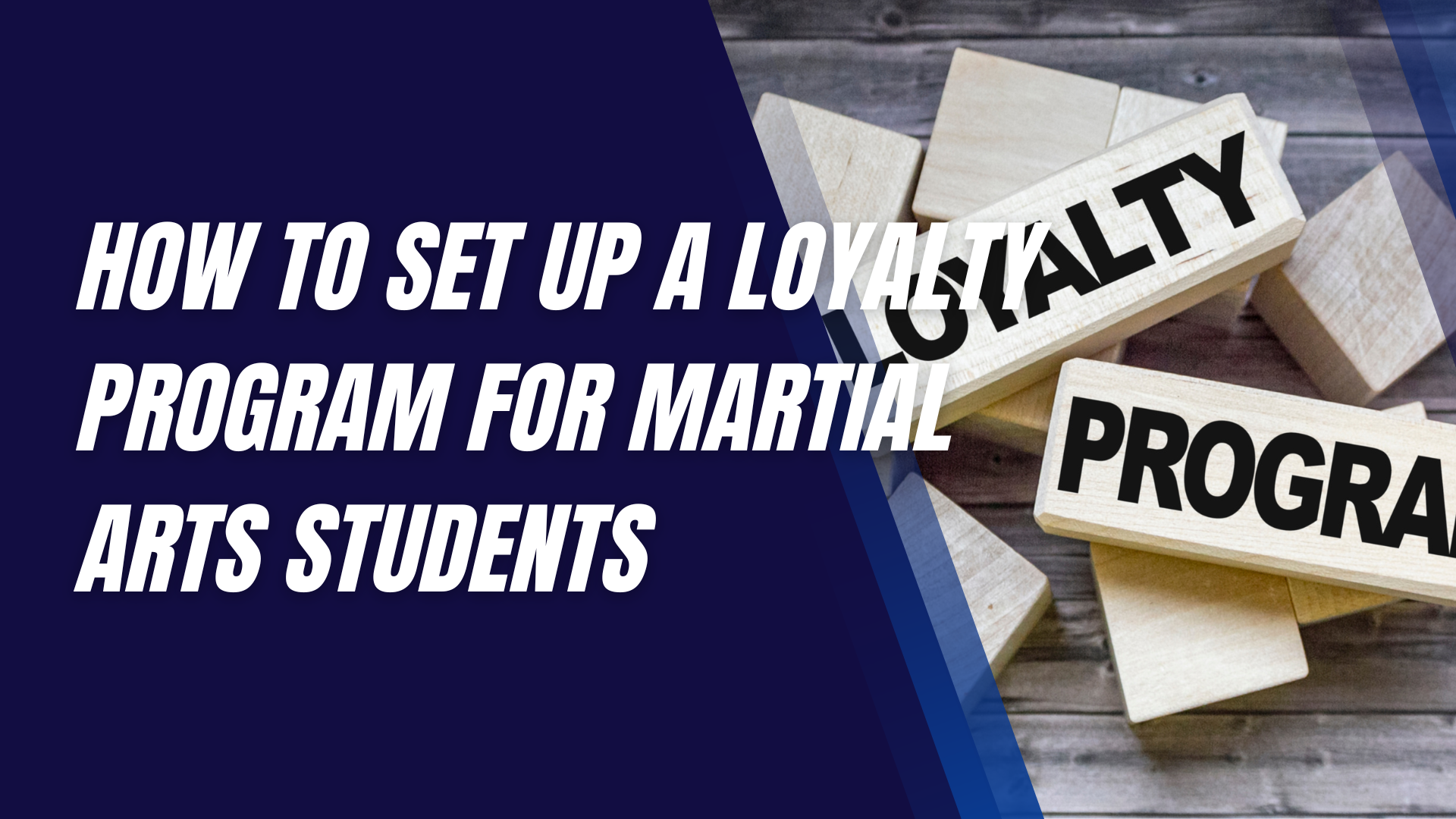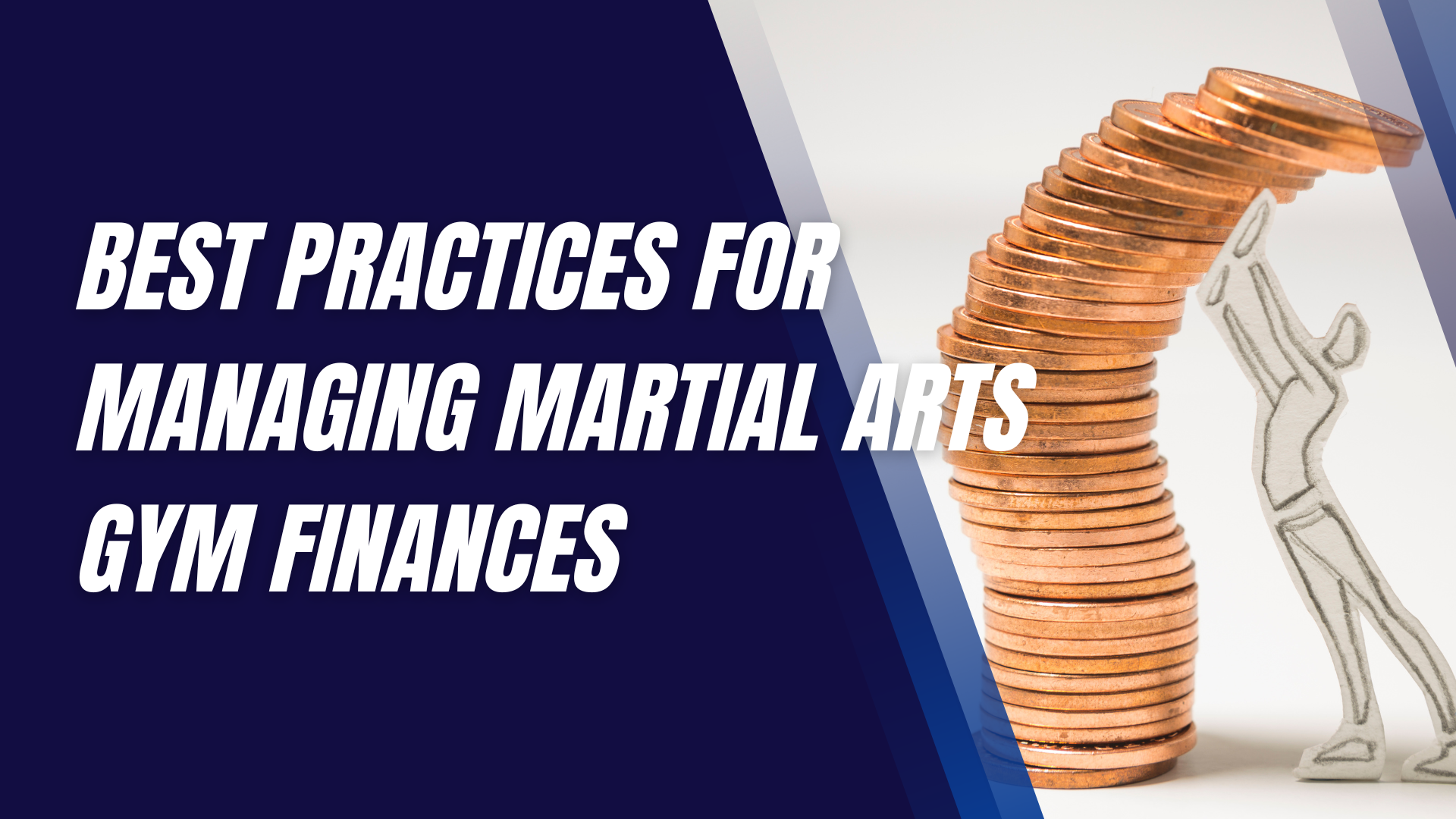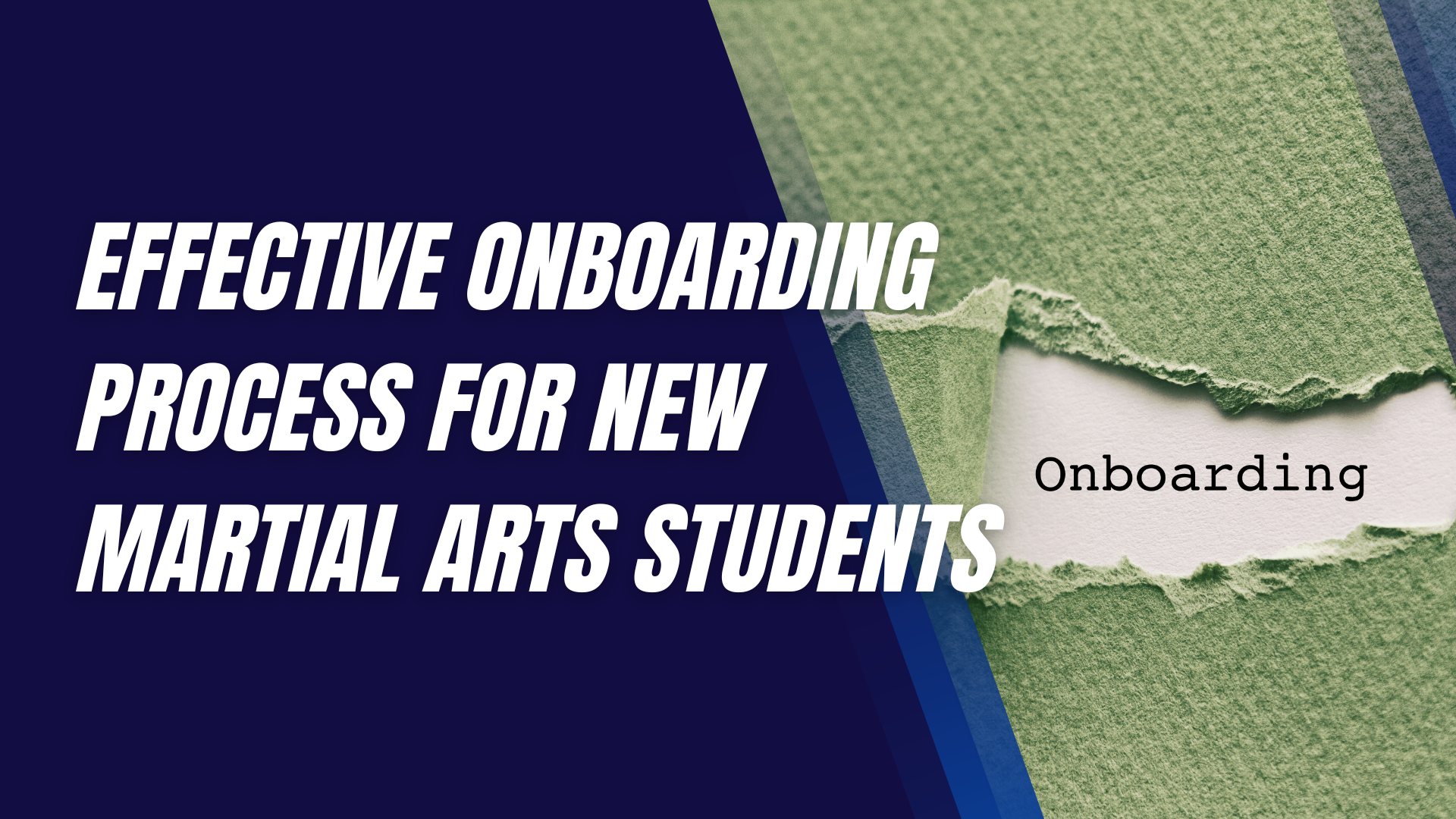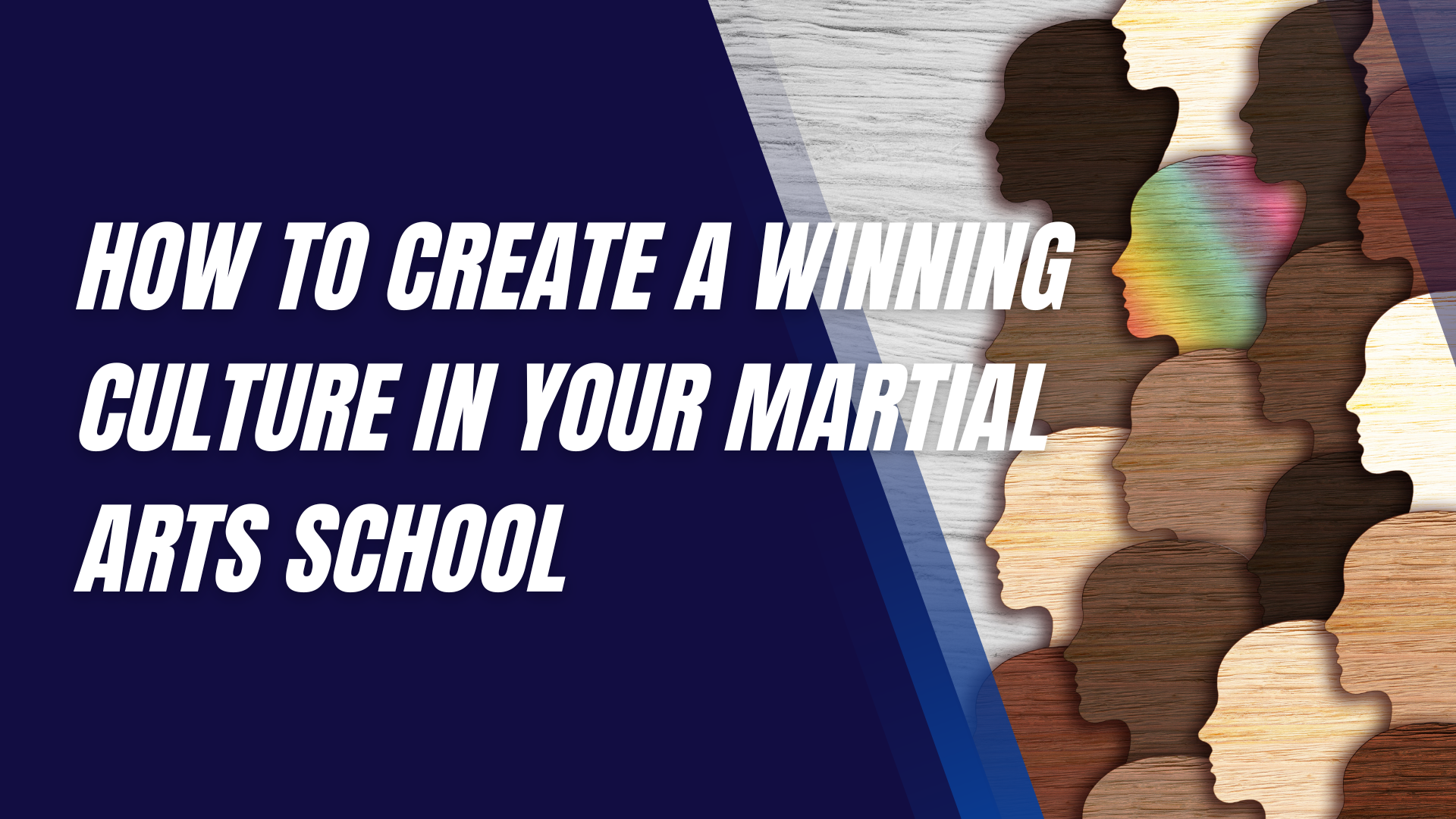The Importance of Cooling Down After Intense Martial Arts Training
Martial arts training is often intense, pushing both the mind and body to their limits.
From high-speed sparring sessions to grueling drills, the demand on your muscles and cardiovascular system is immense. But what comes after the intense training? Many practitioners overlook the crucial phase that follows: cooling down. Cooling down is not just about winding down; it's an essential part of the training process that helps your body transition from intense activity back to a state of rest. In this article, we'll explore why cooling down is so important after martial arts training and how it can benefit you in the long run.
Understanding the Purpose of Cooling Down
Cooling down is a gradual process of reducing the intensity of your exercise, allowing your body to slowly return to its normal state. Unlike the warm-up, which prepares your body for exertion, the cooldown phase helps your body recover and reset. The primary goal of cooling down is to prevent sudden changes in your body's state, like a rapid drop in heart rate or blood pressure, which can lead to dizziness or fainting. By easing out of your workout, you help your heart rate and blood circulation return to normal, which is especially important after the adrenaline-fueled bursts common in martial arts.
Benefits of Cooling Down After Martial Arts Training
- Reducing Muscle Soreness and Stiffness: Cooling down helps alleviate the muscle soreness that often follows intense martial arts training by promoting blood flow, which aids in the removal of metabolic waste products like lactic acid.
- Lowering Heart Rate Gradually: A proper cooldown helps your heart rate decrease at a safe pace. This gradual transition prevents blood from pooling in your extremities and reduces the risk of lightheadedness.
- Aiding in the Removal of Lactic Acid: During intense training, your muscles produce lactic acid, which can cause discomfort and fatigue. A cooldown aids in clearing lactic acid from your muscles, which can speed up recovery.
- Improving Flexibility and Mobility: Stretching as part of your cooldown helps maintain and even improve your flexibility, which is crucial for martial artists who need a full range of motion for their techniques.
- Mental Relaxation and Stress Relief: Martial arts training isn’t just physically demanding; it’s mentally intense too. Cooling down provides a moment of calm, helping to reduce stress and refocus your mind.
Key Components of an Effective Cooldown Routine
To reap the full benefits of cooling down, it’s important to incorporate the right elements into your routine:
- Stretching: Include both dynamic stretches (which involve movement) and static stretches (which involve holding a position). Stretching helps your muscles relax and increases flexibility.
- Gentle Cardio: Engage in light activities like walking or slow jogging to gradually bring down your heart rate.
- Breathing Exercises: Focus on deep, controlled breaths to help reduce stress and promote relaxation.
Stretching Techniques for Martial Artists
A well-rounded cooldown should include stretches that target all major muscle groups used in training:
- Upper Body Stretches: Focus on the shoulders, arms, and neck. Techniques like arm circles and neck tilts can be effective.
- Lower Body Stretches: Include hamstring stretches, calf stretches, and quad stretches to address the legs and hips.
- Core-Focused Stretches: The core is heavily engaged during martial arts. Stretches like the cobra pose or gentle twists can help alleviate tension in this area.
The Role of Hydration and Nutrition in Cooling Down
Cooling down is not just about movement; what you consume plays a role too. Rehydration is critical as fluids help to restore the balance of electrolytes lost during training. Pair this with a balanced snack that includes protein and carbohydrates to kickstart muscle recovery.
Breathing Techniques for Recovery
Incorporating breathing exercises into your cooldown can further enhance recovery. Diaphragmatic breathing, where you focus on deep, belly breaths, can help reduce stress hormones and improve oxygen flow, aiding both physical and mental recovery.
Common Mistakes to Avoid During Cooldown
- Skipping the Cooldown Entirely: One of the biggest mistakes is skipping the cooldown because you’re in a rush or feel it's unnecessary. This can lead to increased muscle stiffness and delayed recovery.
- Rushing Through Stretches: Taking time with each stretch ensures that your muscles fully benefit from the activity. Aim to hold each stretch for at least 20-30 seconds.
- Neglecting Breath Control: Focusing only on physical movements without controlling your breath can limit the effectiveness of your cooldown. Remember to pair deep breathing with your stretches.
How Cooling Down Affects Long-Term Martial Arts Performance
Consistently cooling down can help prevent injuries by maintaining muscle elasticity and reducing stiffness. This, in turn, can enhance your overall performance, allowing you to train harder and more frequently without setbacks from preventable injuries.
Tailoring Your Cooldown to Different Martial Arts Styles
Different martial arts styles engage the body in unique ways, which means your cooldown should reflect the specifics of your training. For example, striking arts like Muay Thai or Karate benefit from stretches that target the shoulders and legs, while grappling arts like Jiu-Jitsu or Judo should focus on the back and hips.
Cooling Down in Group vs. Solo Training
Cooling down with a group can be a shared experience that fosters camaraderie, while solo cooldowns allow for personalization and focus on individual needs. Both have their benefits, and alternating between them can provide a balanced approach.
Cooling Down for Different Age Groups
Younger martial artists may require cooldowns that keep them engaged and active, while older practitioners should focus on gentler movements and longer stretches to accommodate any joint issues or mobility limitations.
Using Tools and Technology to Enhance Cooldown
Incorporating tools like foam rollers or massage guns can further help in reducing muscle tension and promoting recovery. Apps that guide cooldown sessions can also be useful, especially for beginners who may not know where to start.
Creating a Personal Cooldown Routine
Designing a personal cooldown routine starts with assessing your specific needs based on your training intensity and areas of tension. As you experiment, listen to your body and adjust your routine to maximize comfort and effectiveness.
Final Thoughts
Cooling down is a critical, yet often overlooked, component of martial arts training. Not only does it help your body recover and prepare for the next session, but it also offers mental and emotional benefits that can improve overall performance. By incorporating a structured cooldown into your routine, you're not just ending your training on a positive note—you're investing in your long-term martial arts journey.
Interested in trying a martial arts class? Find an affiliated academy anywhere in the country by clicking here.
Have your own martial arts program? Get to know more about what we have to offer at Ground Standard Agency for helping martial arts businesses grow.
Email us at info@groundstandard.com, or call and text us at (732) 907-8920 today to learn how to start growing your own academy, school, dojo, or gym with us as well.
Share this article

